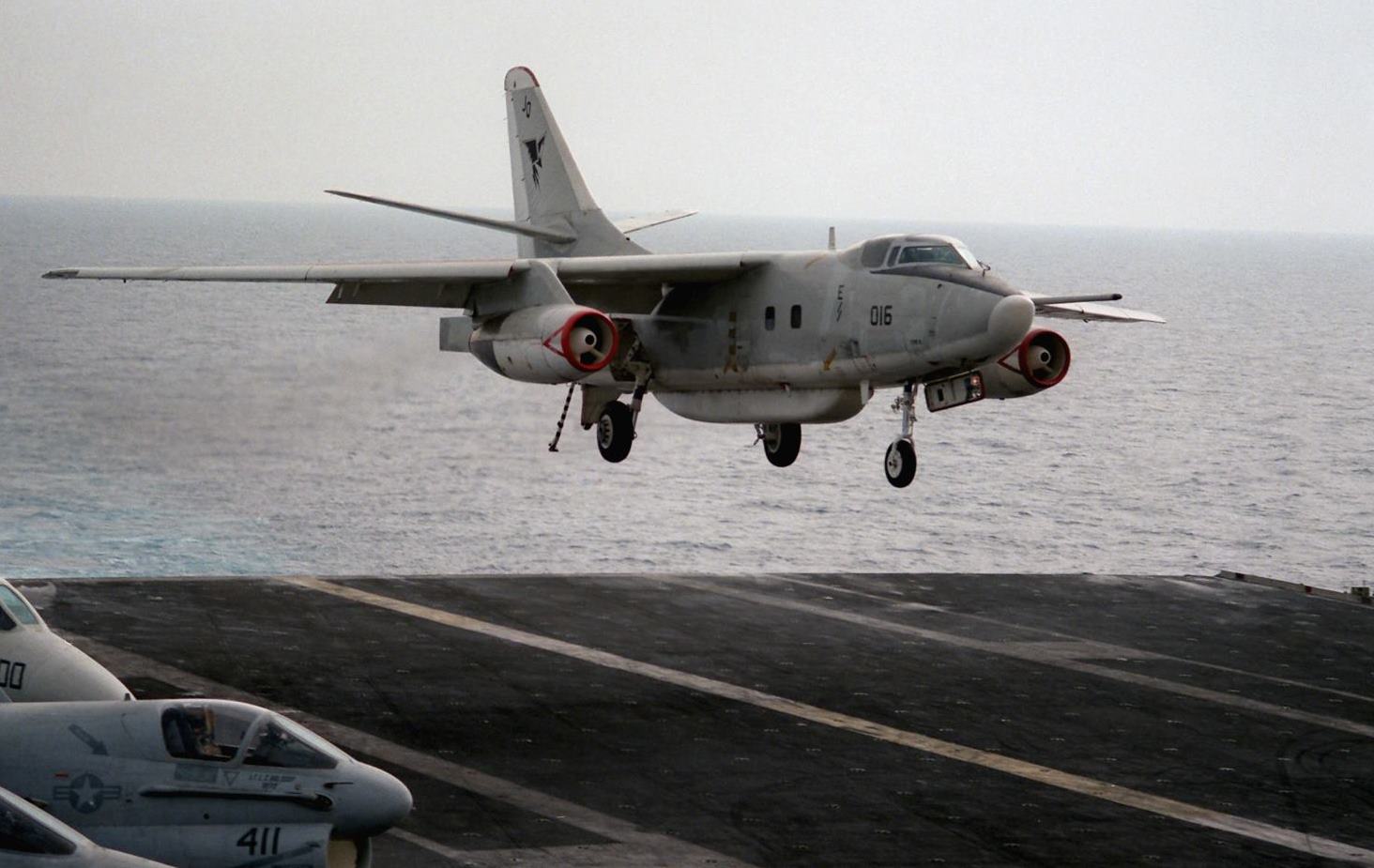The A3D Was Larger Than Life and Twice as Heavy But Did Every Job Exceedingly Well
On March 31st 1956 the Douglas A3D-1 Skywarrior entered service with United States Navy Heavy Attack Squadron One (VAH-1) Smokin’ Tigers. Better known as “The Whale”, the A3D would go on to perform several roles over its 35 year career with the Navy. Only 282 Whales were built between 1956 and 1962, but they did everything asked of them well. Whales were the largest and heaviest aircraft ever to deploy aboard and routinely operate from aircraft carriers. The combination of that size and weight, coupled with the narrow track of the Whale’s landing gear, made every carrier recovery an adventure. In order to operate Whales, carriers had to turn their arresting gear engines and catapult systems “up to 11.”

Big For a Sinister Reason
The first operational Navy carrier-based strategic (atomic) bomber was the hybrid jet and propeller driven North American AJ Savage. Douglas was asked to design an all-jet powered, carrier-based strategic bomber in 1948. The new design would operate from the proposed “super-carrier” United States class, therefore size was less of a consideration than payload. The atomic bombs of the day were exceedingly large and heavy, so the loaded weight requirement for the design was 100,000 pounds. That’s a whopping 50 tons to you and me! Whale indeed.

Penned by a Legend and His Team
Ed Heinemann of the Douglas design team, considering the possibility that the carrier United States might be cancelled, designed the A3D to operate from the aircraft carriers in service at the time. While still whale-like at 68,000 pounds loaded weight, the Skywarrior was comparatively svelte and considerably smaller than the other designs in consideration. Within weeks the United States was indeed cancelled, and the Navy Bureau of Aeronautics (BuAer) awarded the contract to Douglas on September 29th 1949. Don’t confuse the Whale with the Air Force’s Douglas B-66 Destroyer. The Destroyer started out as a modified Skywarrior but paths diverged quickly. In service the two aircraft shared few common parts or assemblies.

Waiting for the Power to Shine
Douglas had their hands full designing and building an aircraft as large and heavy as the A3D for carrier use. The prototype XA3D-1 Skywarrior first flew on October 28th 1952. Besieged by issues with the available engines and complicated landing gear required by the design, it took another four years to get the A3D into service. Ironically the Skywarrior would eventually operate from the decks of all Navy attack aircraft carrier classes- from the smaller Essex-class all the way up to the Nimitz-class.

Finally- a Turbojet Engine Worthy of the Name
The A3D was not really a revolutionary design apart from its sheer size and weight. Equipped with folding wings as well as a folding vertical stabilizer, the Whale was always the easiest aircraft to identify on a carrier deck- it was still huge even when all folded up. The original J40 engines intended to power the aircraft turned out to be unsuitable and they were replaced with the widely-used and proven Pratt & Whitney J57 turbojets- which also powered everything from Boeing B-52 Stratofortresses and 707 commercial airliners to Lockheed U-2s and Vought F-8 Crusaders. A distinctive A3D design feature is the hollow point bullet-shaped oil cooler installed in each nacelle in front of the engine.

Crews and Tales of Tails
Skywarriors carried crews ranging in size from three to seven or even more- none of whom sat in ejection seats. The less popular and more morbid nickname for the Whale became “All 3 Dead”, derived from the aircraft designator but referring to the lack of a way to quickly exit the aircraft in extremis. Electronic warfare, VIP transport, and training versions of the Whale carried personnel in the pressurized bomb bay. The A3D-1 Whales were equipped with twin remote controlled 20 millimeter cannon mounted in their tails. Electronic countermeasures “boat tails” replaced the guns in short order on most of the Whales. Others simply had the guns removed and the original production tail left in place.

Record Cross-Country
On July 31st 1956, an A3D-1 Skywarrior flew nonstop and unrefueled from Hawaii to New Mexico (3200 miles) in just 5 hours and 40 minutes. In 1957 two A3D-1s launched from the aircraft carrier Bonne Homme Richard (CVA-19) and trapped aboard the aircraft carrier USS Saratoga (CVA-60). This flight is unremarkable except that Bonnie Dick was steaming in the Pacific Ocean and Super Sara was underway in the Atlantic Ocean at the time.

